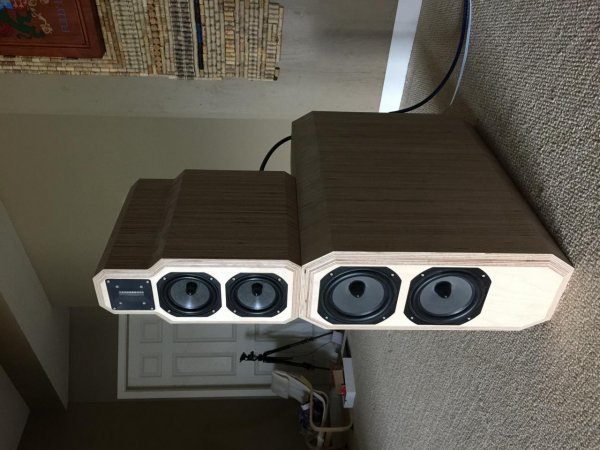Yes obviously if your going to build a top notch state of the art system, the knowledge and equipment to do so will be a requirement. But the purpose of this thread is to talk about the best technology possible to use in such a system. If you setup a nice purpose built for audio PC, it can be every bit as good as what Trinnov has done, or even better.
You must have missed where I posted the review of the Merging NADAC on my first post of my thread:
http://positive-feedback.com/audio-discourse/impressions-the-merging-technology-nadac-mc-8-dsd-dac/
It's light years above the Exasound E28. In fact the best DAC David Robinson has ever reviewed at any price. I'm not sure where the measurement data or the feedback you heard about this DAC came from. I haven't heard any feedback from anyone who has actually spent some time with one who wasn't blown away.
I think the closing paragraph to that review sums things up pretty good:
"If you have the budget to play in this range, there's simply no question that you need to put the NADAC at the top of your list of DSD DACs. If you can't get to a show or another site that's equipped with one to hear it for yourself, I'm going to go out on a limb and tell you that I would recommend a purchase, regardless. I'm confident that it's really that good…it's the best that I've heard in DSD and high-resolution PCM/DXD DACs to date!
Period.
Run. Do not walk. Get what I'm experiencing for yourself!"
And I'm quite familiar with Exasound. George and his team make excellent products. Here's my master clock modded E20 with a matching custom ultra low noise linear supply I built for it:
View attachment 22595
View attachment 22596
The specs on the Exasound E22 are better than the NADAC. Check out the measurements published on both sites. Whether that translates to SQ differences may be a moot point as the performance of both is superb. Reviewer hyperbole aside I don't see anything in Merging's DAC implementation that suggests significantly better performance than the Exasound. Seems pretty bog standard to me except for the network interface. Personally I just think you are focusing on the wrong thing. The best possible way to build an active system is to design the speakers first, then work out what DSP you need, then figure out how to implement said DSP (and whether you need to write your own code or can use something like accourate). The speaker and how it interfaces with the room is the biggest sound quality hurdle facing us in the present day, not the differences between two DACs that are within a hair nose of each other performance wise.


